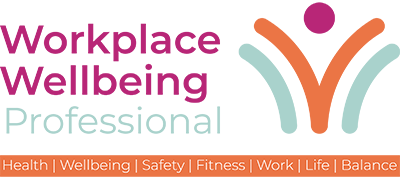Employee retention is the greatest priority for HR leaders over the next 12 months, with employee wellbeing and recruitment ranking in second and third place respectively.
These are some of the key findings from WorkBuzz’s State of Employee Engagement Report 2023/24 which is based on insights from over 400 U.K. HR professionals.
36 per cent of HR professionals state that retention is their biggest priority for the foreseeable future, moving-up the list from third place in last year’s report. According to Steven Frost, CEO of employee engagement specialist, WorkBuzz,
Organisations are prioritising retaining their best talent, with a greater emphasis on supporting their wellbeing. For the last 18 months, we’ve seen employees’ real earnings squeezed by high inflation, strikes throughout the public sector and workers tempted to switch roles for higher pay, with some actually needing to. Employers are responding with higher pay rises, but are expecting more from their people as a result by placing greater emphasis on improving productivity – up six places on last year.
Steven Frost, CEO of employee engagement specialist, WorkBuzz
Despite challenges attracting and retaining great talent, the report highlights that there has been a fall in employers’ prioritising both learning and development, and employee engagement.
According to the report, the vast majority of respondents (89 per cent) state that retention is getting more difficult or not changing, with just 11 per cent saying that retention is getting easier. Employee wellbeing is now an even bigger focus for HR professionals, up five places from last year. Although interestingly, HR professionals working in deskless industries are putting a little less emphasis on employee wellbeing, with recruitment followed by performance and productivity their second and third ranked priorities.
In fact, more than three-quarters of respondents (77 per cent) admit that productivity/performance at their organisation is not getting any better. And the biggest productivity barrier is recruiting people with the right skills, or upskilling and training existing employees (mentioned by 24 per cent of respondents). Low morale and/or motivation in the workforce is the second biggest reason given for stagnant or poor performance levels.
Frost concludes:
Tackling low morale among the workforce will not only improve productivity and performance but it can have a domino effect – also positively impacting retention, recruitment and employee wellbeing. The key is to ensure employees have a voice so that HR professionals can find out what’s happening in their particular organisations. The findings can then inform action plans, allowing HR to tackle its greatest people challenges. If employees can’t feedback their thoughts and ideas, and aren’t given the opportunity to influence change, how can they be expected to stay, grow, and feel motivated enough to perform at their best?
To read the full ‘The State of Employee Engagement 2023/24’ report, download it here
Joanne is the editor for Workplace Wellbeing Professional and has a keen interest in promoting the safety and wellbeing of the global workforce. After earning a bachelor's degree in English literature and media studies, she taught English in China and Vietnam for two years. Before joining Work Well Pro, Joanne worked as a marketing coordinator for luxury property, where her responsibilities included blog writing, photography, and video creation.



